Baldur’s Gate 3 has a large majority of the traditional DnD classes in the game, each with a handful of subclasses and offering slightly different gameplay variations. The result is that there will be many different synergies, playstyles, and countless compositions you can run in your party. At the time of writing, only a handful of these specializations are in the game, thanks to a limited scope in early access. To give you an idea of how each class and subclass in the game ranks, we will make a Baldur’s Gate 3 Class Tier List, comparing the ranking factors of each class, subclass and weighing their strengths against each other.
Baldur’s Gate 3 Class Tier List¶
Here’s a look at a Baldurs Gate 3 Tier List, featuring a breakdown of the strengths of each class. Image via Larian Studios.
The Tier List below will feature two parts, one a class tier list, so you can get an idea of the usefulness of the base class in general. This is important, as the base class is fairly consistent in DnD 5e, with the subclasses offering some specialized additions as you get more and more leveled up.
| S Tier | A Tier | B Tier |
|---|---|---|
| Fighter | Warlock | Druid |
| Barbarian | Wizard | Ranger |
| Paladin | Cleric | Rogue |
| Sorcerer | Monk | |
| Bard |
S Tier¶
-
Fighter - Fighter is a solid damage dealer class, which can be extremely useful for its short rest combat. Add in its sub-class variations, and there’s plenty of tools for any party composition. With Patch 9, Fighters can get some nice bonus actions, so, they can do whatever they need to do on their turn very well, especially if they are Hasted.
-
Barbarian - If you want the best melee physical damage dealer, the Barb wins. Fury has no negatives, compared to 5e balancing, so, Fury is off the rails.
 Throw in a subclass to enhance the playstyle, and this class will smash enemies, especially if it’s buffed with further dice rolls,
Throw in a subclass to enhance the playstyle, and this class will smash enemies, especially if it’s buffed with further dice rolls,  Haste, and more. Although, they did lose some of their strength relatively, as Fighters, Rangers and Paladins are stronger with Extra Attacks and other buffs to their kits. But, even with that, the Barb now has better build variety with its subclasses, while still smashing foes effectively. Barb remains king of the damage as we head into the full release version.
Haste, and more. Although, they did lose some of their strength relatively, as Fighters, Rangers and Paladins are stronger with Extra Attacks and other buffs to their kits. But, even with that, the Barb now has better build variety with its subclasses, while still smashing foes effectively. Barb remains king of the damage as we head into the full release version. -
Sorcerer - No matter which subclass you opt for, the Sorcerer’s spell choices are potent, with their ability to buff via Haste making them even more deadly in combat. So far, all of its sub-classes are very good, so the options for serious damage, while still getting whatever flavor you want are there for any magic class enjoyers looking to play a damage caster in BG3. You can check out our BG3 Sorcerer Build here.
-
Paladin - The Paladin starting class is like a Fighter’s Battle Master and Cleric had a baby.
 Lay on Hands offers better healing opportunities than a Cleric for mitigating damage, rather than saving a target from death. It also gets tools like extra strikes for damage, and fighting styles offering bonus damage or improving terrible damage rolls. There’s also the tanky playstyles, with its base fighting styles offering shielded options and protection using a reaction, with
Lay on Hands offers better healing opportunities than a Cleric for mitigating damage, rather than saving a target from death. It also gets tools like extra strikes for damage, and fighting styles offering bonus damage or improving terrible damage rolls. There’s also the tanky playstyles, with its base fighting styles offering shielded options and protection using a reaction, with  Shield of Faith being another great defense buff tool. However, it wins the Great Weapon mastery, its two-handed fighting style low damage re-rolls, and an extra attack to really show the Paladin as a DPS threat. This damage, as well as yoinking some healing efficiency away from Cleric easily places this as an S Tier base class, stealing a spot formerly occupied by the Cleric. You can read our BG3 Paladin build here.
Shield of Faith being another great defense buff tool. However, it wins the Great Weapon mastery, its two-handed fighting style low damage re-rolls, and an extra attack to really show the Paladin as a DPS threat. This damage, as well as yoinking some healing efficiency away from Cleric easily places this as an S Tier base class, stealing a spot formerly occupied by the Cleric. You can read our BG3 Paladin build here. -
Bard - Bard’s are quality supports, offering great Inspiration bonuses for all classes, with
 Song of Rest being a very unique and powerful spell for classes that are short rest reliant, like Fighters and Warlocks. They can also grab a variety of great control spells, making them some of the safer CC classes in the game to support your damage dealers. Lastly,
Song of Rest being a very unique and powerful spell for classes that are short rest reliant, like Fighters and Warlocks. They can also grab a variety of great control spells, making them some of the safer CC classes in the game to support your damage dealers. Lastly,  Bardic Inspiration is also very good for Great Weapon Master builds, aka Fighter, Paladin and Barbarians, which all do lots of damage in the current melee fighter meta.
Bardic Inspiration is also very good for Great Weapon Master builds, aka Fighter, Paladin and Barbarians, which all do lots of damage in the current melee fighter meta.
A Tier¶
-
Warlock - The Warlock is a class that offers a mixture of great damage when necessary and offers some decent crowd-control tools. The main playstyle in EA, regardless of Subclass, is your use of
 Eldritch Blast, and modifying it to ramp damage. The result is you can get some consistent strong damage against tough enemies, and further benefits depending on whichever sub-class route you go. Very reliable class to use in your party. Throw in a Bard for its Short Rest abuse, with further Inspiration, and the Warlock can become the best caster in the game. You can read our BG3 Warlock Build here.
Eldritch Blast, and modifying it to ramp damage. The result is you can get some consistent strong damage against tough enemies, and further benefits depending on whichever sub-class route you go. Very reliable class to use in your party. Throw in a Bard for its Short Rest abuse, with further Inspiration, and the Warlock can become the best caster in the game. You can read our BG3 Warlock Build here. -
Wizard - Wizard is akin to the Druid in that the class baseline offers some unique support and utility, with spells like
 Counterspell, and
Counterspell, and  Glyph of Warding, offering a great form of AOE control and damage, and ruining an opponent’s actions with a reaction. Their ability to learn spells from scrolls is also very handy as you can adapt them to fill a niche in your party for further damage or support needs. With the launch of the game, there are bountiful amount of subclasses, and over 600 spells in the game. So, it’s likely the Wizard goes to S Tier for their full adaptability, late game damage through spells, and general options you have on the table as either a party support, party face, damage, etc.
Glyph of Warding, offering a great form of AOE control and damage, and ruining an opponent’s actions with a reaction. Their ability to learn spells from scrolls is also very handy as you can adapt them to fill a niche in your party for further damage or support needs. With the launch of the game, there are bountiful amount of subclasses, and over 600 spells in the game. So, it’s likely the Wizard goes to S Tier for their full adaptability, late game damage through spells, and general options you have on the table as either a party support, party face, damage, etc. -
Cleric - A solid support class, with great healing, and aura control, granting solid debuffs to enemies, damage mitigation, and of course, party healing support. They have just about everything they need to keep their party alive, and control fights rather well. However, for healing, the Paladin does feel somewhat better since Lay on Hands its own system, so, for general healing, Paladins outclass it. Yet, all the spell slots and variations of AOE heals, party concentration buffs, and other utility makes the Cleric really good. Also, they start with the
 Guidance cantrip, so thats a huge buff for all skill checks in dialogue and lock picking. They are definitely a class worth bringing to a party if you want the Cleric;s base class offerings.
Guidance cantrip, so thats a huge buff for all skill checks in dialogue and lock picking. They are definitely a class worth bringing to a party if you want the Cleric;s base class offerings.
B Tier¶
-
Ranger - The Ranger is interesting as its first and second-level spells are slightly weak. However, they do get a great niche, offering some great protections, stealth, and
 Hunter’s Mark, making them a borderline unkillable backline damage dealer. At level 5, they get extra attacks, making their damage significantly improve from that point onwards. It means that the Ranger is yet another class that can guarantee its job at killing a target with its ranged attacks very well while remaining very safe. If you need a ranged assassin to pick off key targets, the Ranger does that job effectively, and that’s before sub-classes come in to grant it further utility and party niche. The only downside is it’s slightly less cheese than a buffed Warlock, which is the class we think the Ranger competes with the most for a spot in a party. You can read our Ranger Build in BG3 here.
Hunter’s Mark, making them a borderline unkillable backline damage dealer. At level 5, they get extra attacks, making their damage significantly improve from that point onwards. It means that the Ranger is yet another class that can guarantee its job at killing a target with its ranged attacks very well while remaining very safe. If you need a ranged assassin to pick off key targets, the Ranger does that job effectively, and that’s before sub-classes come in to grant it further utility and party niche. The only downside is it’s slightly less cheese than a buffed Warlock, which is the class we think the Ranger competes with the most for a spot in a party. You can read our Ranger Build in BG3 here. -
Druid - The Druid’s base class is a little meh, with its subclasses really defining its role in the game. They get a few spells for damage that are fine, along with support options. But, when subclasses are activated, you can make them decent casters with Land, wit the addition of them being Haste bots for your carries, or you can make them arguably the best-dedicated tank with the bear from if you go Moon. In conclusion, Druids do have a spot in the party, they just aren’t as obviously strong as almost every other class on this list.
Rogues may not be the meta-damage source, but you can’t knock their ability to save you in moments when the room is on fire, and you have no other escape.
Rogue is an interesting class, as its certainly the lowest ceiling in damage for the martial melee classes. While they don’t have the ceiling as the Great Weapon builds that Paladins, Fighters and Barbs run, they are fairly consistent when you can use ambush attacks. At level 5, a normal melee strike is around 16 damage, but, with ambushes it goes to the mid 20’s, and 40 if you crit. This is lower than the Greater Weapon damage, which can be around 40-60 depending on crit rolls, yet they are harder to land. So if you want some more consistent melee damage to support your big bonking classes, Rogues are great for that roll, including their Cunning ![]() Dashes, when you need some melee mobility in fights, which few classes can match. You can read our BG3 Rogue Build here.
Dashes, when you need some melee mobility in fights, which few classes can match. You can read our BG3 Rogue Build here.
Monk is an interesting class, as it offers a niche unarmed playstyle and unarmed gear playstyle. Howeve, their ability to use actions and bonus actions, with many dice rolls on damage offer some decent damage options. However, their base damage cannot content with the like of extra attack GWM martial classes, or blaster casters like Sorcs or warlocks. However, the Monk does come with plenty of Dex options for party navigation, control, and more. So, they can come along as a potential alternative to a wizard mixed with a Rogue. You can see our Monk Build here if you’re interested in how we recommend playing one.
Baldurs Gate 3 Subclasses Tier List¶
Astarian is doing the big think about what subclass he wants his party members to be. Image via Larian Studios.
In this section, we look at each of the class’ subclasses and what you can expect from them in the game. To do this, we’re looking at what the niche does to the base class, and what its notable strengths are for the class and the party. We will also throw in some notable multiclassing cheeses you can do, which may help ranking factors for subclasses in the Baldur’s Gate 3 Tier list. Again, this is largely based on early access, with some added for launch. We still have work to do before we can rank the remaining Cleric, Wizard and Monk sub classes, as they are the ones being changed the most. If you want more detail, feel free to check the paragraphs below the tier list for more information.
| Class | S Tier | A Tier | B Tier | C Tier | D Tier |
|---|---|---|---|---|---|
| Barbarian | Wild Heart | Berserker | |||
| Bard | Valour | Swords | Lore | ||
| Cleric | Life, War | Trickster | Light, Tempest | Nature | Knowledge |
| Druid | Land | Moon, Spores | |||
| Fighter | Battle Master | Champion | Eldritch Knight | ||
| Paladin | Ancients | Devotion, Vengeance | Oathbreaker | ||
| Ranger | Gloomstalker | Beast Master | Hunter | ||
| Rogue | Thief | Assassin | Arcane Trickster | ||
| Sorcerer | Draconic Bloodline | Storm Sorcery | Wild Mage | ||
| Warlock | Great Old One | Fiend, Archfey | |||
| Wizard | Evocation | Abjuration |
-
Barbarian: Wild Heart offers the player some versatility in how they like their Barbarian. Wolf is a great additional source of damage, Bear makes it more immune to damage, offering better tankyness, and Eagle makes it even more mobile, stealing the Rogue’s role as the mobile damage dealer. Pick which one you want and adapt it to the role you want it to be in the party, and you’ll find it works very nicely no matter the option you choose. If you go Berserker, you will be going all in on Fury and rage moments to ramp damage, but, it’s slightly weaker now other classes get extra tracks, yet that shouldn’t deter you as it is still the highest value damage source against all AC categories.
-
Bard: Lore is fairly weak as a subclass, with the way that the level-three spells are limited.
 Cutting Words is okay, with its negative effect on enemy attack roles. However, Valor offers
Cutting Words is okay, with its negative effect on enemy attack roles. However, Valor offers  Combat Inspiration, which makes your party more offensive with its additional 1d6 to attack roles, checks and saving throws, so it’s much better for part synergy. You also get some more proficiencies, so you can become more durable with shields and better armor, but that’s more of a side note than a direct positive. As for Swords, this makes the Bard more melee focused, and offers great synergy with Flurry of Blades. This can be a great fit for Blade pact Warlocks, Rogues, and other more agile classes.
Combat Inspiration, which makes your party more offensive with its additional 1d6 to attack roles, checks and saving throws, so it’s much better for part synergy. You also get some more proficiencies, so you can become more durable with shields and better armor, but that’s more of a side note than a direct positive. As for Swords, this makes the Bard more melee focused, and offers great synergy with Flurry of Blades. This can be a great fit for Blade pact Warlocks, Rogues, and other more agile classes.
Clerics and Paladins can come in very handy when you’re messing with the undead, granting them some incredibly niche, yet good control.
-
Cleric: Both subclasses in early access are fine, with Life being a better healer role for the class, ramping healing, which scales very well, with spells like
 Beacon of Hope. However, Life fell off slightly with the strengths of Paladin healing with Lay on Hands, but it still has its purpose. Meanwhile, Trickster is a great choice for frontline control, especially if you have a party of Fighters, Barbs or Paladin damage dealers. Trickster is one of the better controller CC types for melee playstyles and likely takes the edge of Cleric playstyles for now. If you’re a martial class looking to subclass for some more bonus attack per rest, then War is a solid option. You get your three charges for bonus attacks at level 1, so, if your build loves slapping enemies, then War Cleric is very highly rated subclass. Tempest is also fairly decent, with it being a great mutlicalss option for Storm Sorcerers, or classes that can make reaction attacks who want to tank hits a turn.
Beacon of Hope. However, Life fell off slightly with the strengths of Paladin healing with Lay on Hands, but it still has its purpose. Meanwhile, Trickster is a great choice for frontline control, especially if you have a party of Fighters, Barbs or Paladin damage dealers. Trickster is one of the better controller CC types for melee playstyles and likely takes the edge of Cleric playstyles for now. If you’re a martial class looking to subclass for some more bonus attack per rest, then War is a solid option. You get your three charges for bonus attacks at level 1, so, if your build loves slapping enemies, then War Cleric is very highly rated subclass. Tempest is also fairly decent, with it being a great mutlicalss option for Storm Sorcerers, or classes that can make reaction attacks who want to tank hits a turn.  Light is also very niche, but, it’s very good at counteracting
Light is also very niche, but, it’s very good at counteracting  Darkness or Dark areas, which you get a lot of in the
Darkness or Dark areas, which you get a lot of in the  Underdark, Act 2, and some combat encounters in Act 3. The rest of the subclasses are fairly niche with their features, and you need to go heavy into them to see similar results as the classes they mimic.
Underdark, Act 2, and some combat encounters in Act 3. The rest of the subclasses are fairly niche with their features, and you need to go heavy into them to see similar results as the classes they mimic. -
Druid: Land offers the better choices for Druid, with the Haste buff now appearing in some of its land options. As for Moon, that is slightly weaker thanks to Druid buffs to spells, but, Bear shapeshifting is still very good as a frontline tank option in your party. The bear also comes with a taunt spell, so, it becomes one of the only tanking options in the game, outside of a Ranger’s bear pet, and the Paladin’s taunt spell. It is one or the other at the moment. Spores is also interesting with its CC and damage options, making it likely the choice you go to if you intend to play a spellcaster damage and support playstyle.
-
Fighter: Battle Master offers the fighter a great improvement to short rest combat, with ripostes and cleaves to make it a formidable fighter. Throw in Haste, which is only slightly behind the Berserker, while still getting manoeuvre buffs. Meanwhile, Eldritch Knight is likely to get better on full release as it gets better spells, but for now, it’s not got enough to make it worthwhile. We also suspect Eldritch Knight will have issues competing against the psuedo Hexblade Larian added into the Pact of the Blade, and College of Swords Bards. Champion is also a great addition for crit builds, offering some solid mutliclass synergy for Rogues, Paladins, and Barbs if they want to dip their toes in crit focused builds.
-
Monks: Monk subclasses are strange, with open hand being their fighting style, while Shadow is all about stealth and Four Elements their psuedo Eldritch Knight themed spec. Shadow adds some okay role play for stealth, and is often better served as a mutliclass option for either Rangers or Rogues. Meanwhile, Four Elements gives them some solid wizard like controlling and utility, which can be very handy for damage and CC. Open Hand is the more generic combat enhancing option. All are fine, but they don’t largely break the game in anyway that other classes don’t already have to items provide.
-
Paladin: Devotion is a more frontline-focused subclass, Its really good options are
 Sacred Weapon at level 3 as the oath skill for damage, and skills like
Sacred Weapon at level 3 as the oath skill for damage, and skills like  Sanctuary for better frontline defense support tools. If you want more support options, the Ancients is the play, thanks to the
Sanctuary for better frontline defense support tools. If you want more support options, the Ancients is the play, thanks to the  Healing Radiance Oath Spell, which is a 10-meter heal, that heals for a Charisma modifier and doubles your character level. It also heals when you use it as a bonus action, and again at the start of the Paladin’s turn. This has great party healing efficiency for one bonus action. There’s also
Healing Radiance Oath Spell, which is a 10-meter heal, that heals for a Charisma modifier and doubles your character level. It also heals when you use it as a bonus action, and again at the start of the Paladin’s turn. This has great party healing efficiency for one bonus action. There’s also  Nature’s Wrath, which is a ten-turn restrain, so, if you need very powerful support tools, Ancients is your option. Both options are good, with each offering a flavor that fits the party’s damage or support needs in unique ways. Vengeance is good too, with the role play damage dealing it can bring, but its a niche playstyle.
Nature’s Wrath, which is a ten-turn restrain, so, if you need very powerful support tools, Ancients is your option. Both options are good, with each offering a flavor that fits the party’s damage or support needs in unique ways. Vengeance is good too, with the role play damage dealing it can bring, but its a niche playstyle. -
Ranger: Beast Master’s ability to bring a support pet, either for tanking with bear, control with Spider, or damage with Wolf, means you have many options to approach fights with. In addition, you can summon companions fairly often, meaning you get a throwaway life in a fight to mitigate damage for your party members. Meanwhile, Hunter adds more to the sniping big targets, but, its bonuses are not necessary anymore with the extra attack and Haste buffs in the right composition, so it does fall short at the moment. The other subclass is Gloomstalker. The Gloomstalker offers the Ranger some more scout options, and, can mix very well with multiclassing setups for ambush playstyles on Monk, Rogue, and Fighter.
-
Rogue: Thief is the better option, with its bonus actions. This is what allows the Rogue even to begin to compete against Battle Master, Barbarian and DPS Paladins. It also enables various forms of damage with melee and ranged bonus action damage, so you get variation in your playstyle. As for multiclassing, this extra bonus action can make ome very chessy mutlicalssing setups too, like for Sorcerer. Arcane Trickster is also okay, but, it is a major niche role-play purpose with
 Mage Hand with no direct party combat benefits. Assassin also has some great synergies with burst classes like Gloomstalker to make a an early battle speciality in the party.
Mage Hand with no direct party combat benefits. Assassin also has some great synergies with burst classes like Gloomstalker to make a an early battle speciality in the party. -
Sorcerer: Both Draconic and Wild Magics are good, with Draconic bringing more focus and control to your spells. Wild Magic is good, but its RNG factor on its spells can deem it harder to utilize effectively, but, In almost all situations, there’s a positive to the effect you get. Draconic’s ability to ramp up what you want it to ramp up makes it more friendly and feel more impactful to use. Storm also seems to be the play for Sorcs who want to deal damage, as the game has vulnerability against wet enemies for storm spells. If you’re only focus is damage on a Sorc, Storm seems the way to go.
Never underestimate the chances of the warlock critting with Eldritch blast to nuke a foe, granting great camera angles like this one.
-
Warlock: The difference between Old Ones and Fiend is how your Eldritch Blast improves party efficiency. Old Ones is less reliable due to its crit reliance but is a huge melee party buff, as it can fear enemies. Whereas Fiend happens when you kill someone, and considering the damage of Sorc, Barb, Fighter, and Paladin, this effect is limited if you’re meta-slaving a party composition.
-
Wizard: The support caster benefits much better from Evocation at the moment, with its Sculpting offering clutch saving throws, on top of the base class’ ability to protect allies using controlling spells, making it a better fit in the Baldurs Gate 3 Class Tier List. Meanwhile, Abjuration is more for a self-defense buff to the Wizard, which may be necessary if you have no Cleric or Paladin in your party, offering some use, but, slightly less than the class’ role in early access. Again, it’s more dependent on party needs, but we believe Evocation just about edges out.
This concludes this Baldurs Gate 3 Class Tier List. Hopefully, you now have a brief summary of how the identity of each class feels, with its impact known based on EA. Moreso, you now know what the subclasses do to give each class an identity an purpose in each party. Again, don’t worry too much about meta-slaving, as it is only really a factor towards some of the tougher fights and Tactician difficulty. But, if you care about that sort of thing, you have a foundation of understanding to get the ball rolling.
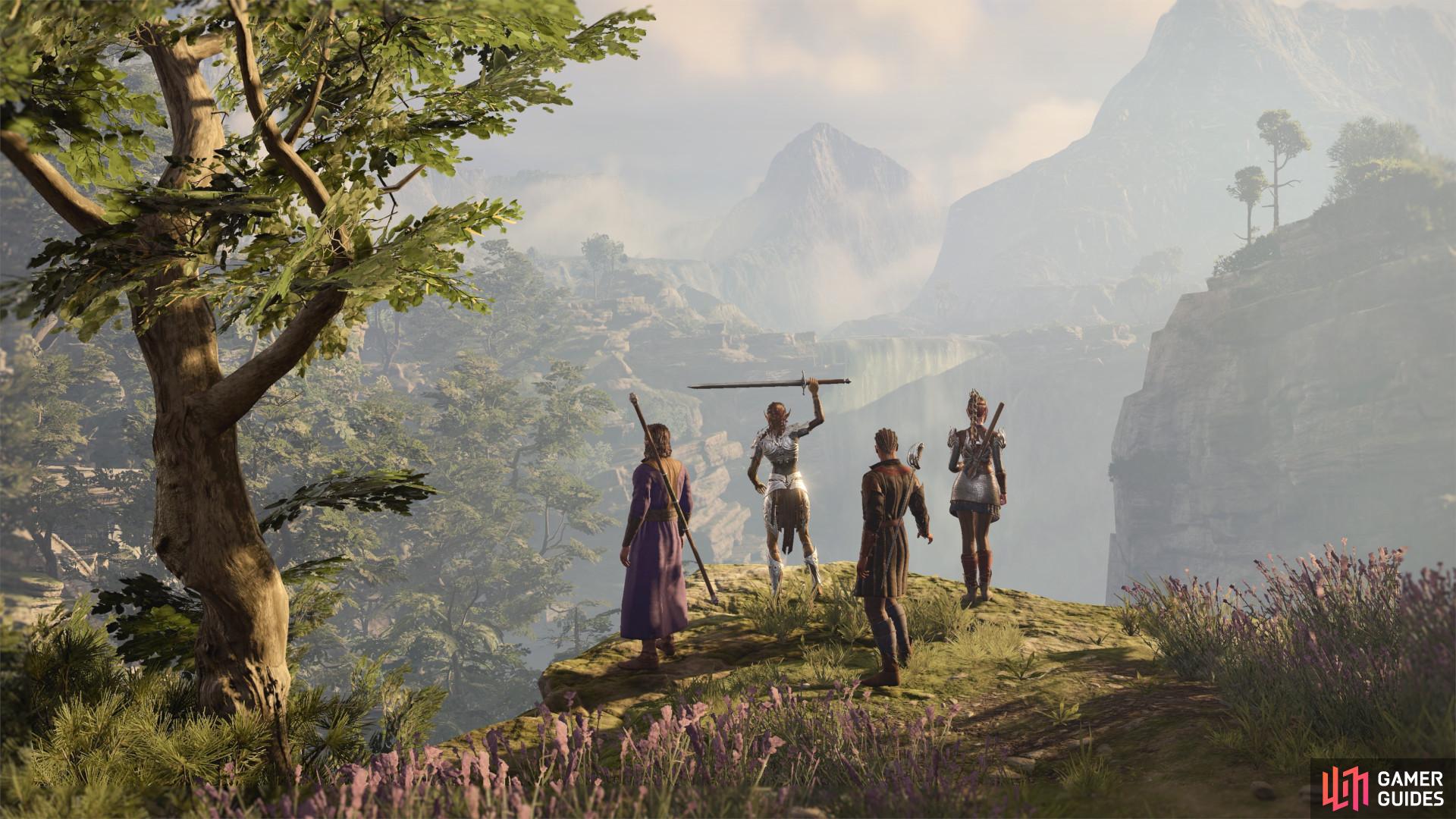
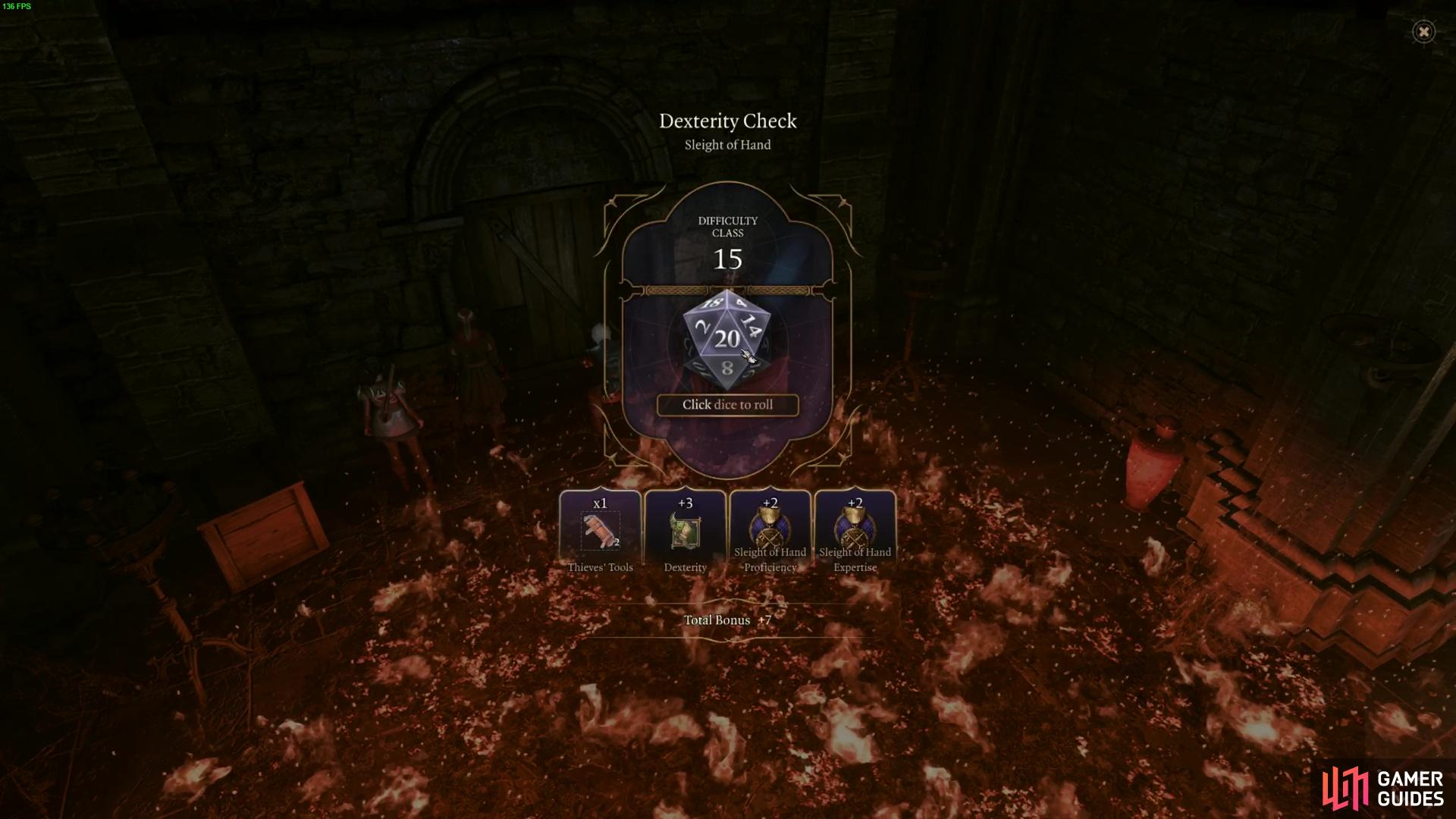
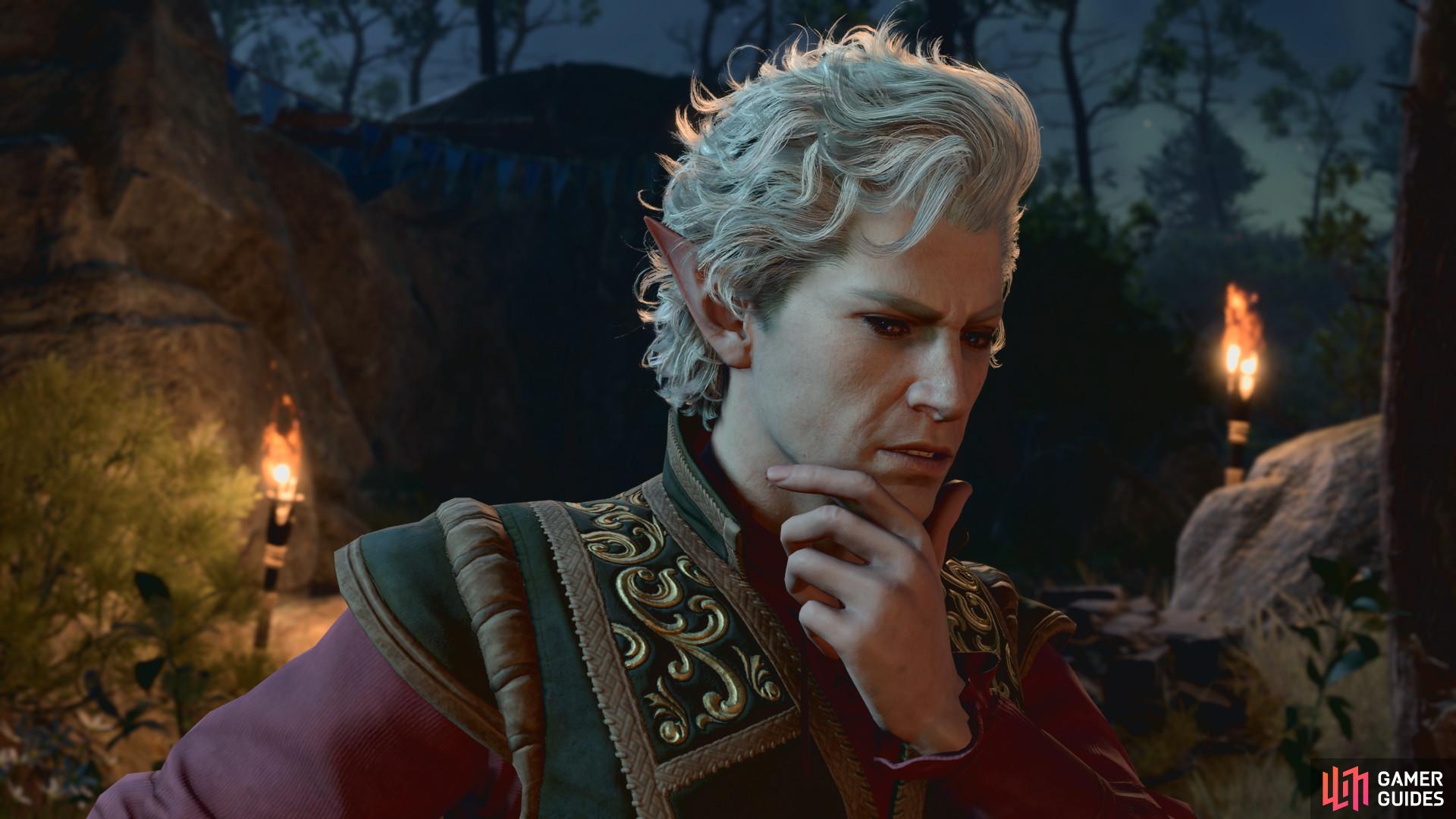
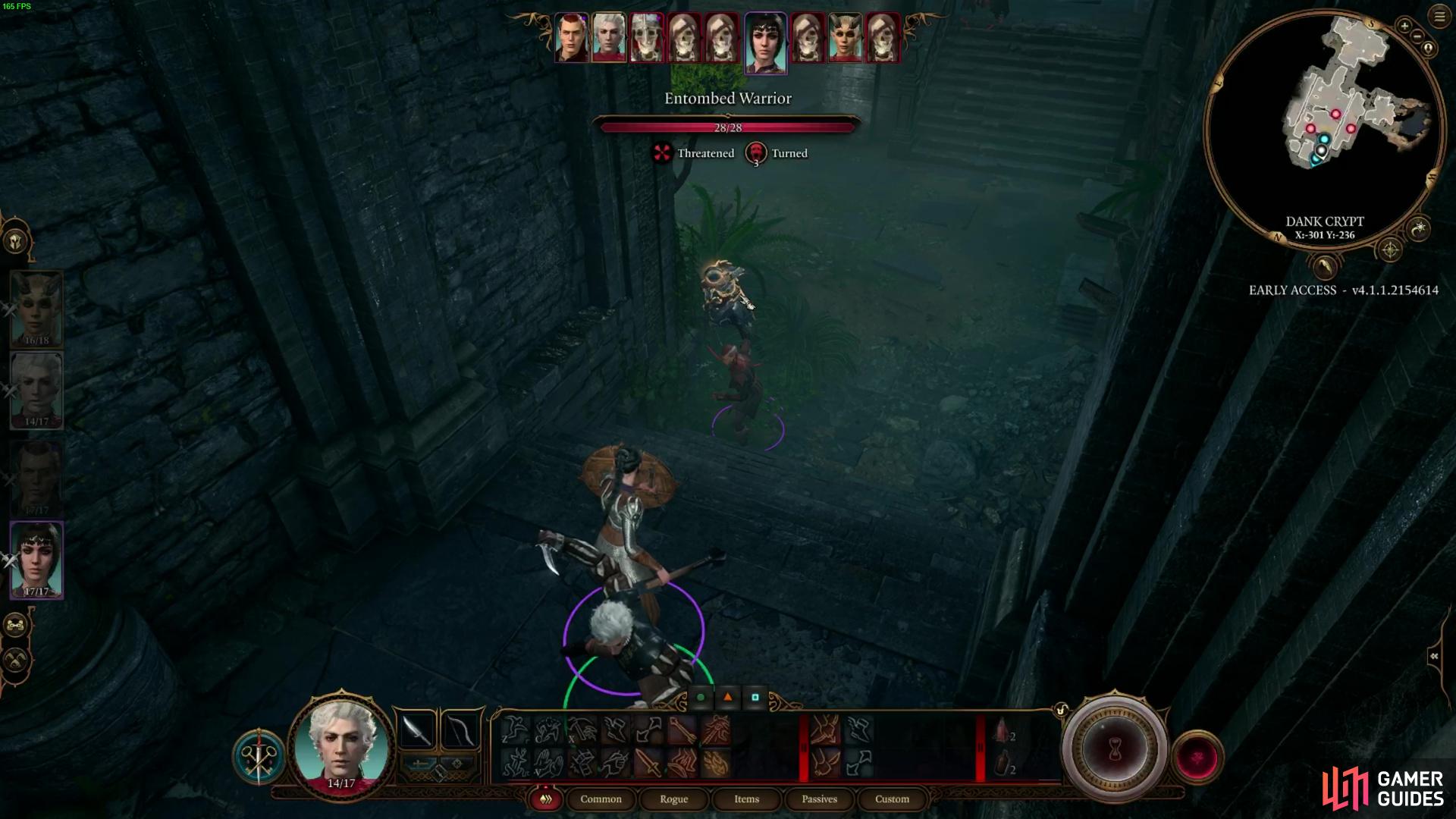
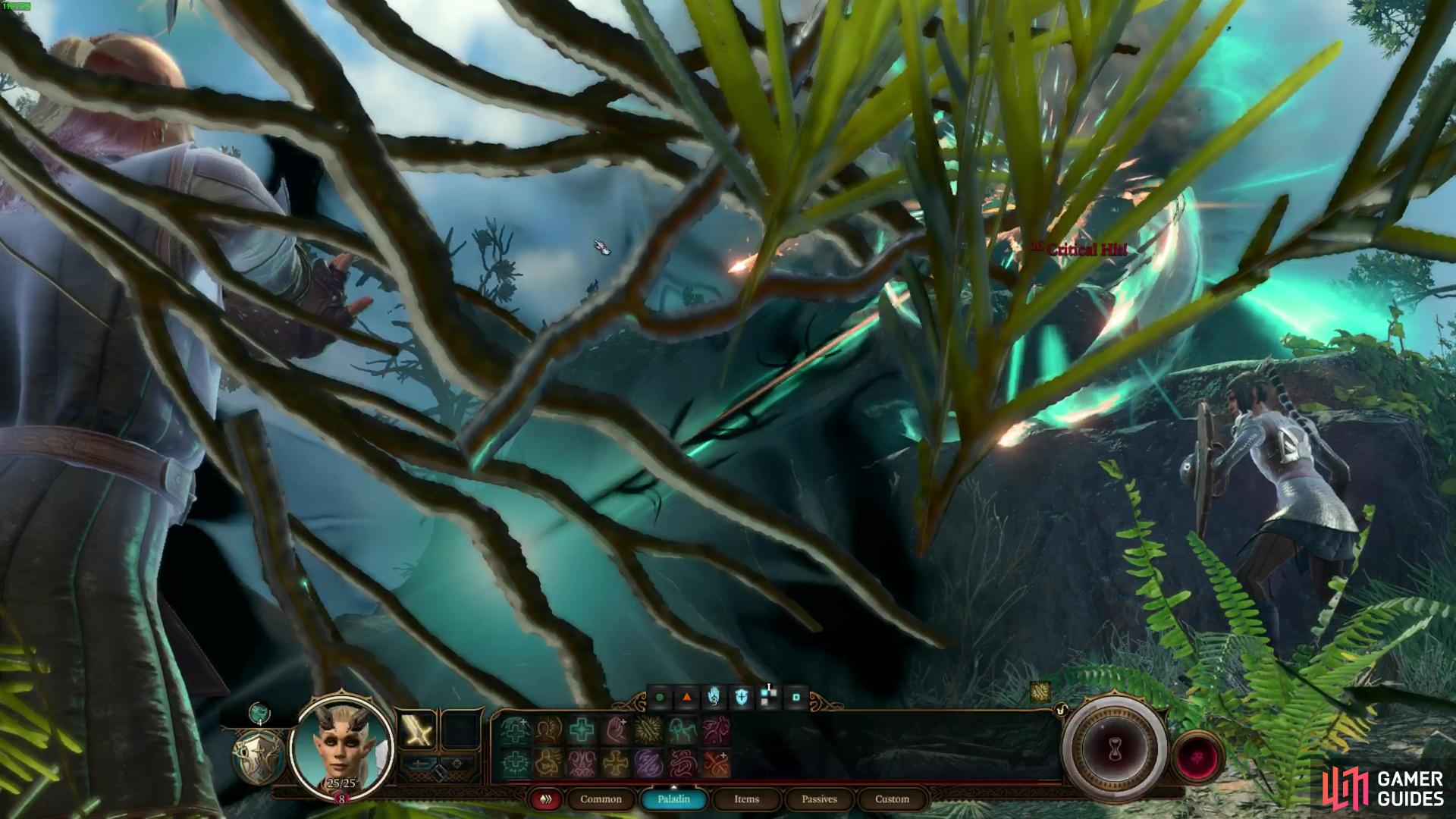
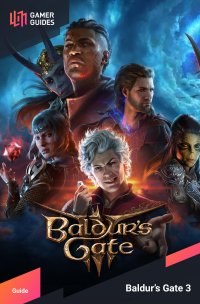
 Sign up
Sign up

No Comments